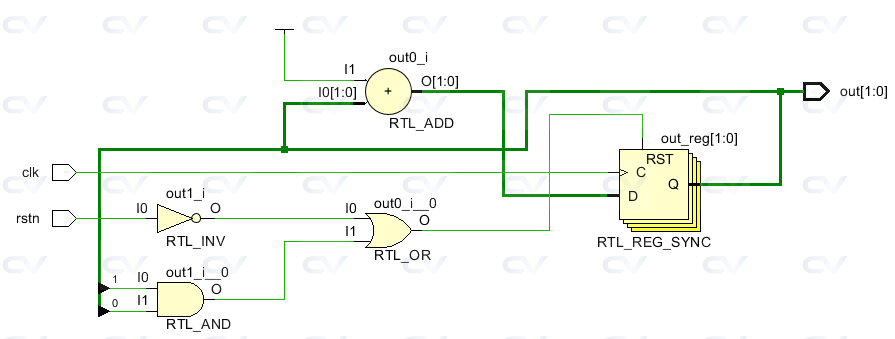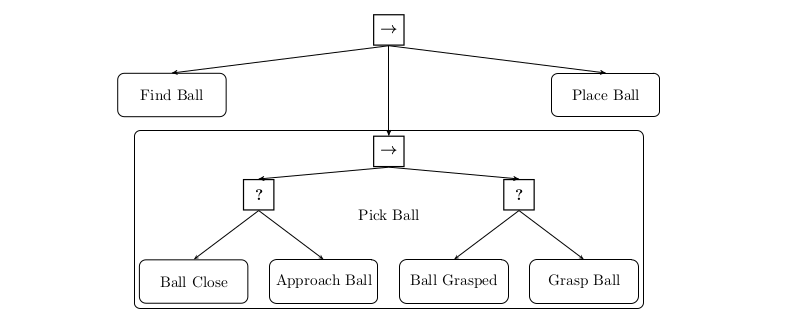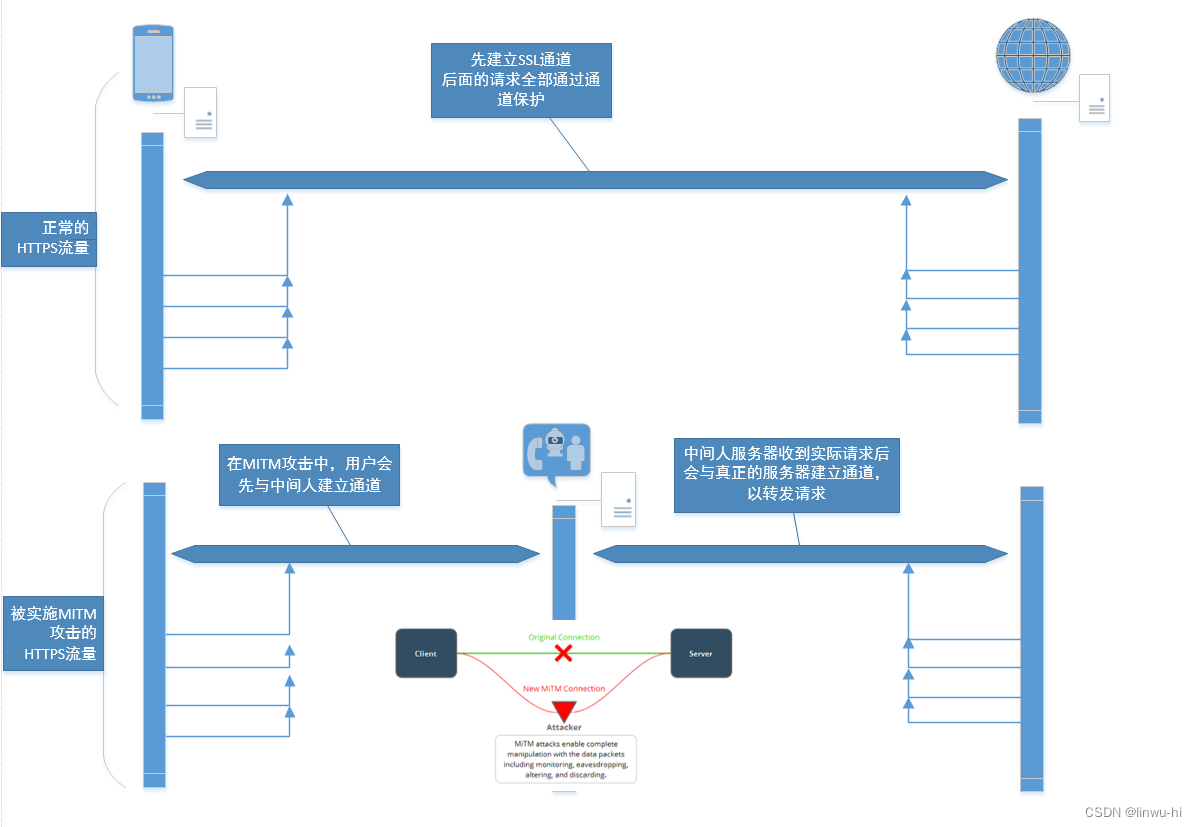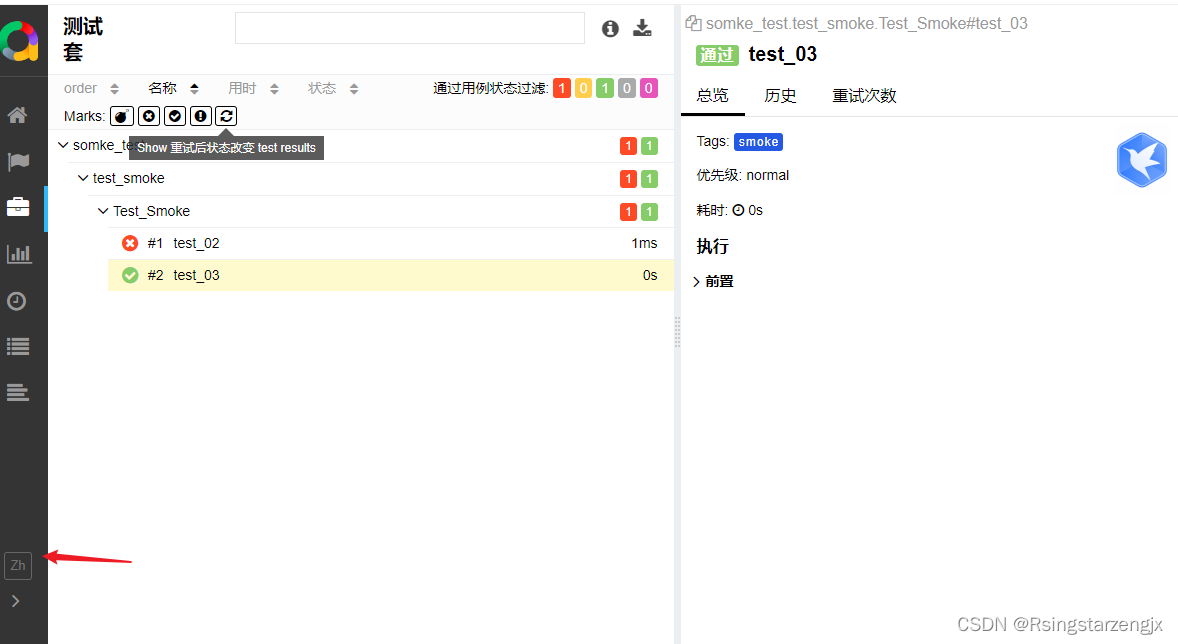文章目录
- 示例 #1
- 示例 #2
- 示例 #3
Verilog是一种硬件描述语言(HDL),用于设计数字电路和系统。统一、良好的代码编写风格,可以提高代码的可维护性和可读性。
同样的功能,不同的Verilog 编码风格也会对综合过程产生重大影响,在综合的过程中,Verilog 代码被转换为门级电路,不同的代码风格,综合出的电路可能是不同的,对应资源的占用和功耗也会有差异。
下面以一个模3计数器为例,演示3种不同写法对综合后电路的影响。
示例 #1
module cntr_mod3 (
//Inputs
input clk,
input rstn,
//Outputs
output reg [1:0] out,
);
always @(posedge clk) begin
if ((!rstn) | (out[1] & out[0]))
out <= 0;
else
out <= out + 1;
end
endmodule
综合出的电路如下图所示,三个基本的门电路:

示例 #2
module cntr_mod3(
//Inputs
input clk,
input rstn,
//Outputs
output reg [1:0] out
);
always @(posedge clk) begin
if (!rstn)
out <= 0;
else begin
if (out == 3)
out <= 0;
else
out <= out + 1;
end
end
endmodule
综合出了两个选择器和一个加法器,相比于前一种写法将会占用更多的资源。

示例 #3
module cntr_mod3(
//Inputs
input clk,
input rstn,
//Outputs
output reg [1:0] out
);
always @(posedge clk) begin
if (!rstn)
out <= 0;
else begin
if (&out)
out <= 0;
else
out <= out + 1;
end
end
endmodule
相比于上一个写法,少了一个选择器。



















